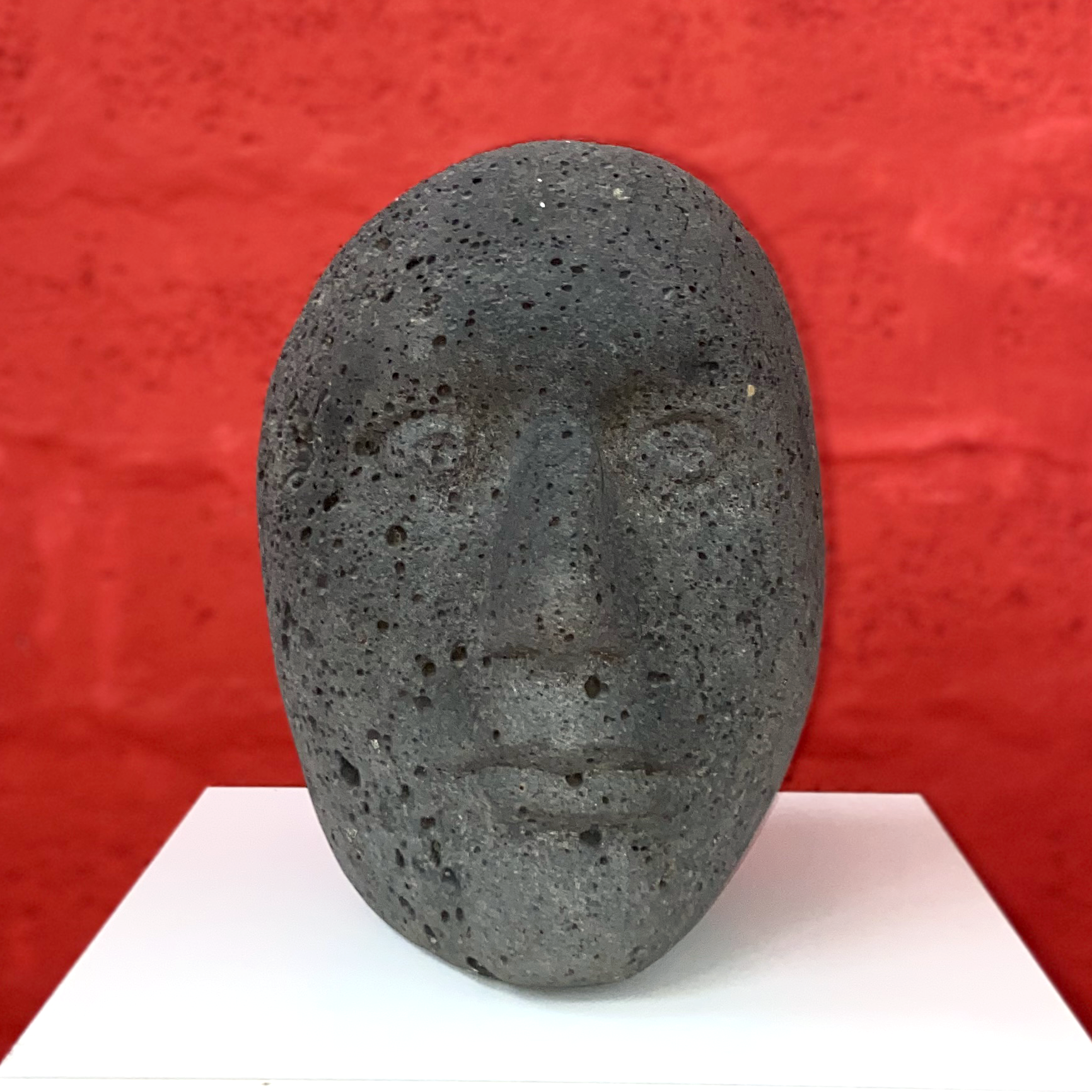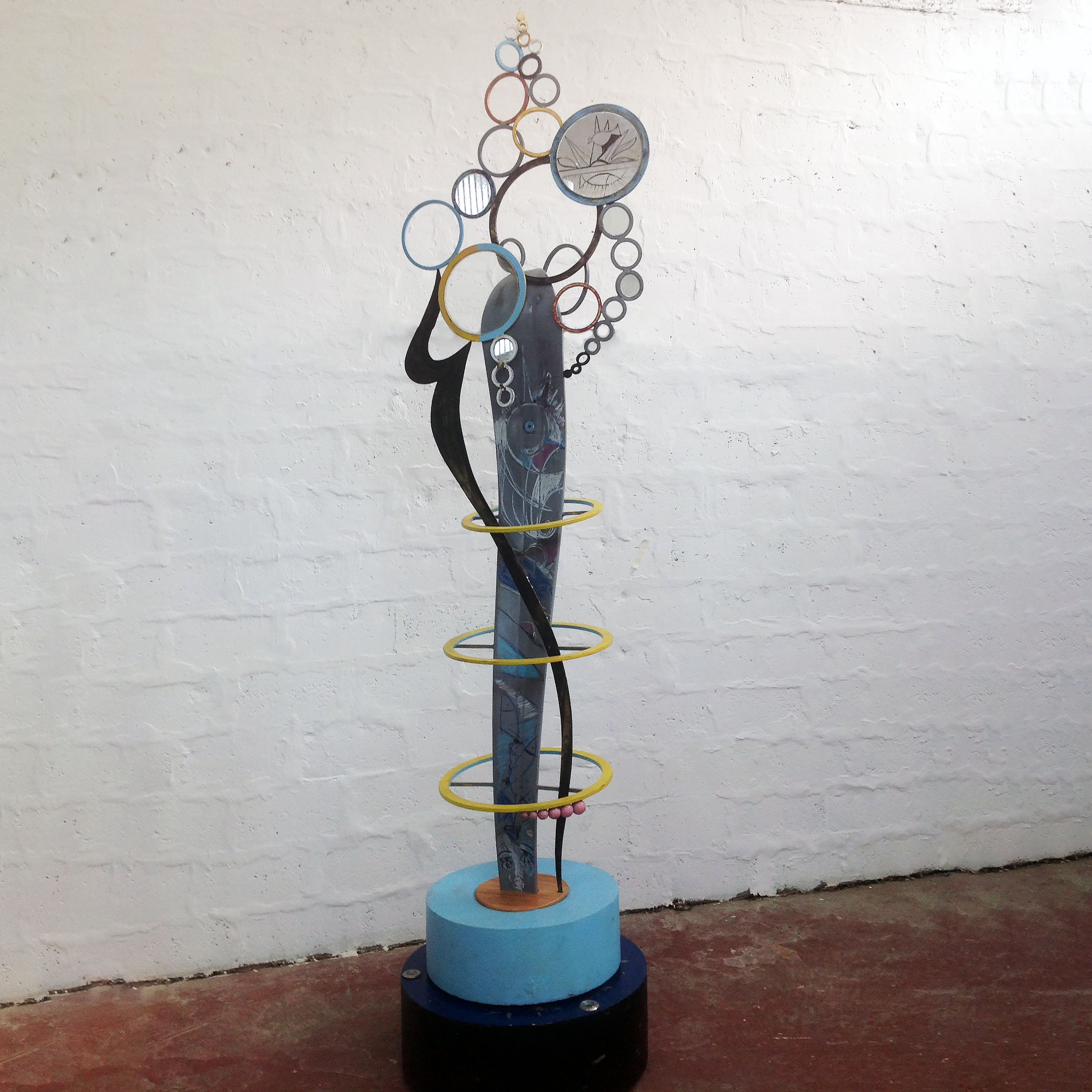
artists A–Z
Nadine Abou Zaki
Nadine Abou Zaki’s work comes out of a background of a metaphysical quest based essentially on the idea of a spiritual ascension. She sculpts stone and carves wood with constructivist and architectural shapes, reflecting the expression of the sculptural act itself and its duality.
Mahassen Ajam
Mahassen Ajam is entirely devoted to sculpture and creativity, with a particular fondness for terracotta as a medium. Her primary focus is on capturing the dynamics and sensuality of the human figure. Through her skillful manipulation of the material, she creates bodies that reflect diverse themes and explore how they interact in various situations and conditions.
May Abboud
May Abboud explores the use of textures on sculptures that bridge the gap between traditional vessels and dresses. These female forms serve as a means to explore the diverse range of textures that can be imprinted on clay. She thoroughly enjoys working with clay and finds it to be an expressive medium.
May Ammoun
May Ammoun approaches her art by personally preparing glazes using minerals and ashes, infusing her work with her intimate emotions. She aims to express lived moments, memories, and images through her art, capturing a variety of shapes that embody freedom. Her artworks exhibit sharp, abrupt, or rounded lines, symbolizing her continuous self-transformation.
Michèle Assaf Kamel
Michèle Assaf Kamel follows her own logic. Her pieces initially representing building blocks, are a questioning of otherness, of knowing others and the possibility of existing with or without them. Kamel’s interest in her homeland drives her unusual, thought-provoking sculptures, which reflect the aspiration of a new world and the existence of wide unexplored territories that are so far, yet so close.
Joseph Basbous
Born in Rachana, the youngest of three brothers, Joseph Basbous instinctively followed the call of the mallet and chisel, honing his skills since childhood in a family where stone carving came naturally. With remarkable capacity and sensitivity, he initially worked as a stone mason and later assisted his brothers in executing their own artistic endeavors. Joseph Basbous followed the non-figurative path pioneered by Michel Basbous in Lebanon, working with simplicity and guided by his instincts.
Michel Basbous
Michel Basbous is regarded as the pioneer of modern sculpture in Lebanon. His artistic legacy extends beyond his own achievements. Basbous exerted a significant influence on his contemporaries and subsequent generations of sculptors, shaping the trajectory of sculptural expression in Lebanon.
Alfred Basbous
Alfred Basbous' first encounter with the hammer and chisel occurred while he and his younger brother Joseph were cutting stones to construct the Basbous family house in Rachana. This initial encounter gradually transformed into a profound understanding of stone as he collaborated with Michel, honing his technique and refining his artistic sensibilities.
Elias Bazouni
Since he embarked on his sculpting journey in 1984, Elias Bazouni devoted himself to the depiction of the nude form, primarily using marble and carefully selected fine stones. His artwork portrays the female nude in various postures, all executed with a naturalistic touch that accentuates the softness of the skin.
Edouard Daher
Edouard Daher's metal artifacts embody a strong sense of modern design. His works exhibit a lightness and verticality, incorporating vibrant color elements and playful movements.
Majd Patou Fathallah
Majd Patou Fathallah's artistic development was predominantly influenced by the dynamic atmosphere of the 1970s. This period in the art world was characterized by a collective desire for growth and renewal, fueled by the tensions and challenges of the preceding decade.
Boutros Farhat
Boutros Farhat is a self-taught sculptor who embarked on his artistic journey in 1991. Farhat's works have been featured both in Lebanon and internationally. In 2016, he received a prize in an exhibition organized by the Lebanese Artists Association at the UNESCO Palace.
Bernard Ghanem
In 1992, Bernard Ghanem created his first significant work of art, a sculpture titled "The Dancer," marking the beginning of his artistic journey. This was followed by subsequent creations, including "The Escape" and many others. His talent and dedication to his craft led to his recognition as an associate artist of the Sursock Museum Salon d'Automne.
Youssef Howayek
In 1930, Howayek gained recognition as the creator of the first sculpture in Martyrs' Square, Beirut: Les Pleureuses – The Weepers
Kameel Hawa
During his university years, Kameel Hawa's first foray into writing was a booklet on the nationwide student uprising of 1968. Despite having little or no formal education in the arts, he pursued design and painting through personal initiative.
Zaven Hadichian
Hadichian dedicated his life to the craft of sculpting and also shared his expertise as a teacher of modeling and sculpting at various universities in Lebanon. He played an instrumental role in shaping the field by designing a teaching program at the Lebanese Academy of Fine Arts (ALBA). He also taught at the Fine Arts Department of Université Saint-Esprit de Kaslik (USEK) and held the distinction of being the first professor of sculpture at the Fine Arts Institute of the Lebanese University.
Mohammad Al Haffar
The majority of Mohammad Al Haffar’s artworks were made from wood. His preferred themes encompassed women in various states, sports activities, animals, music, and dance. With the exception of a couple of abstract compositions, all of his works were freely figurative.
Nabil Helou
Saba Sadr is an Iranian-Lebanese artist who divides her time between Beirut and Los Angeles. Her artistic journey began at a young age, as her father was a household painter, exposing her to the world of art.




















